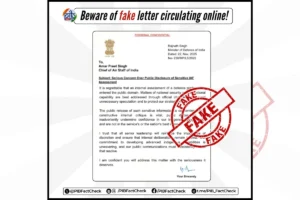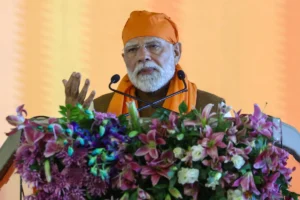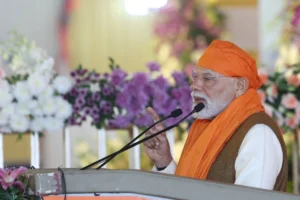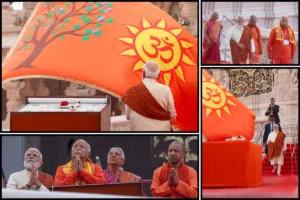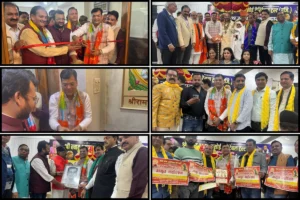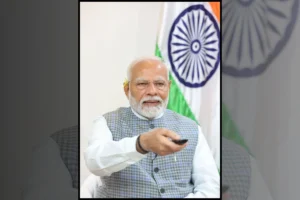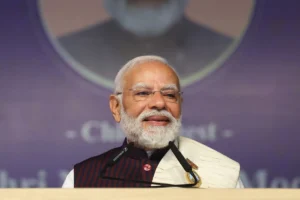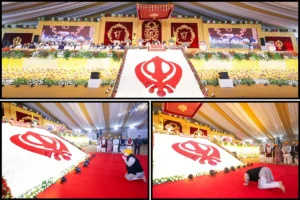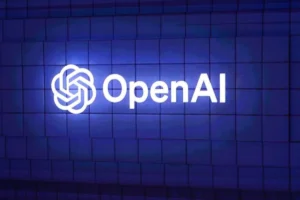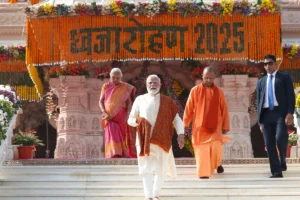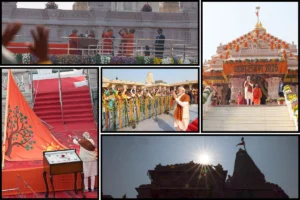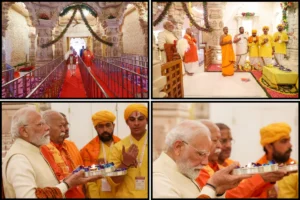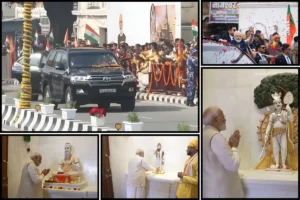
PM Modi meets Nepalese PM Prachanda
In a significant diplomatic stride, the Prime Minister of Nepal, Pushpa Kamal Dahal ‘Prachanda,’ embarked on a four-day visit to New Delhi on May 31.
The Nepal PM assumed office in December 2022. The decision to make India his maiden foreign destination underscores the historical ties between the two nations and marks a departure from his previous stance. Widely considered as a pro-China figure by many, Prachanda’s visit to India carries a profound message, emphasizing the enduring bond between Nepal and its closest and strongest partner.
Since assuming power in December 2022, Prachanda has emphasised that the new government will follow ‘balanced and trustworthy’ ties with India without any major shift approach towards either of the two countries.
PM Narendra Modi was amongst the first to congratulate Pushpa Kumar Dahal for forming the government and expressed friendly relations between the two countries. Pointing to the natural affinity between the two countries with uniquely strong bilateral relations, both sides expressed excitement about working together.
Nepal PM Dahal’s visit aims to reinforce the age-old and multifaceted relations between the two nations, highlighting the commitment to mutual respect, cooperation, and sovereign equality. India and Nepal share strong religious, cultural, economic and political ties that go back centuries.
The two countries not only share open borders but there has always been unhindered movement between people of the two countries who have forged relations through marriage and familial bonds. Despite the immense strategic importance Nepal holds in India’s geopolitical and security calculus, India never viewed its relations with Nepal through such a narrow lens.
Rather, India’s involvement in Nepal has been informed by its principle of ‘Vasudhaiva Kutumbakam’ and the policy of ‘Neighbourhood First.’ In this regard, India’s main focus has been to boost Nepal’s development through aid and grants for infrastructure development, fostering cultural linkages and improvement of human development indicators, and supporting Nepal during the adversities like 2015 earthquake.
India is already cooperating with Nepal on various developmental projects. the project to build the Ramayana Circuit which has already linked various sites of the two neighbouring countries. The laying of the foundation stone for an Indian monastery by PM Narendra Modi on his last visit was concluded.
The infrastructure and other collaborations are also seeing the light of day. Nepal offered India to take up the languishing West Seti hydropower project of Nepal. In the field of education, IIT Madras and Kathmandu University have collaborated on offering a joint degree programme while the Indian Council of Cultural Relations (ICCR) and Lumbini Buddhist University decided to establish a Dr Ambedkar Chair for Buddhist Studies.
The hydropower sector has become a strong pillar of cooperation between India and Nepal and is considered as a stimulant for boosting bilateral ties. Over the past few years, India has begun to prioritise development in this field.
The 900 MW Arun III project, being developed by a subsidiary of Satluj Jal Vidyut Nigam (SJVN), is moving ahead at a faster pace. India has also come to Nepal’s aid by signing an agreement between Nepal and India’s National Hydro Electric Power Corporation Private Limited (NHPC Ltd) to develop both the 750 MW West Seti project, a project that was stranded by a Chinese company citing financial unviability. The 900 MW Upper Karnali Project has also been taken up by GMR, an Indian company, for construction.
Nepal has begun exporting electricity to India since the past week again as the surplus of power in Nepal is normally achieved with the onset of the Monsoon in the country. Since Saturday last week, Nepal has been exporting around 600 MWh of electricity to India.
Notably, between June and December 2022 alone, Nepal earned NPR 11 billion by exporting hydropower to India. Nepal has also proposed a 25-year bilateral agreement for power trade, that will replace the current annual renewal system bringing inefficiency and uncertainty in trade prospects.
Addressing the concern of Nepal’s increasing trade deficit with India, Nepal PM Prachanda requested non-reciprocal market access for Nepal’s agricultural products and simplified Rules of Origin for other goods.
Both leaders discussed the establishment of testing laboratories and the formalization of arrangements for mutual recognition of test certificates. Pushpa Kamal Dehal also urged the lifting of the anti-dumping duty on Nepali jute products, emphasizing the importance of creating a conducive trade environment.
Before arriving in India, Dahal approved the Draft Project Development Agreement which would enable the third project to be undertaken on the Arun River after the 900 MW Arun-III and 695 MW Arun-IV hydroelectricity projects. These three projects will generate nearly 2,300 MW of electricity from the river in the Sankhuwasabha district.
The ties between India and Nepal transcend mere diplomatic relations; they are built on a foundation of mutual respect, sovereign equality, and a shared history and robust cultural linkages. India’s steadfast commitment to a policy of non-reciprocity with Nepal further underscores the deep-rooted civilizational and age-old traditional links between the two nations.
The recent visit by Foreign Secretary Vinay Kwatra to Nepal serves as a testament to the utmost priority that India attaches to nurturing and strengthening its relationship with Nepal. As the journey of collaboration and cooperation continues, India and Nepal stand poised to navigate the future hand in hand, fostering a bond that is not only based on strategic interests but also on the shared values and aspirations of their people-to-people connect.
(Source ANI)
To read more such news, download Bharat Express news apps







